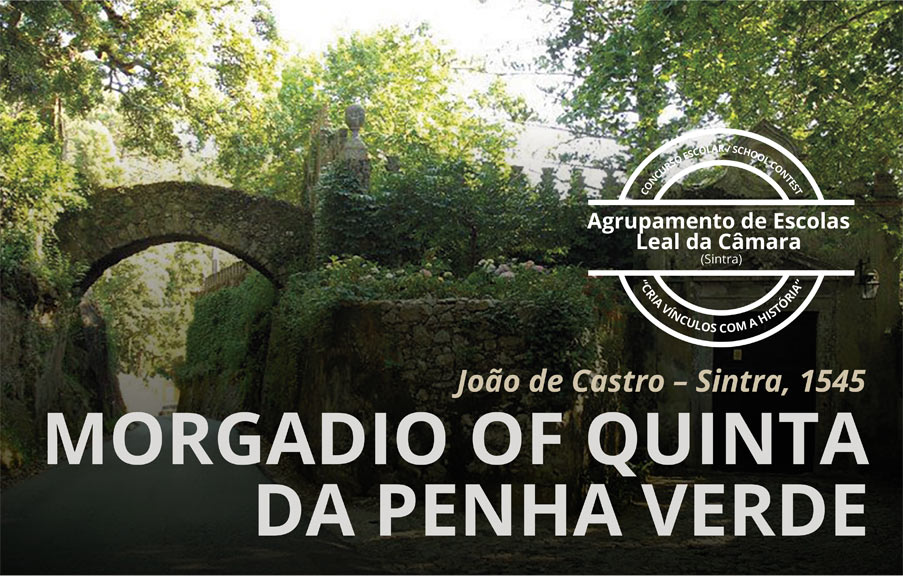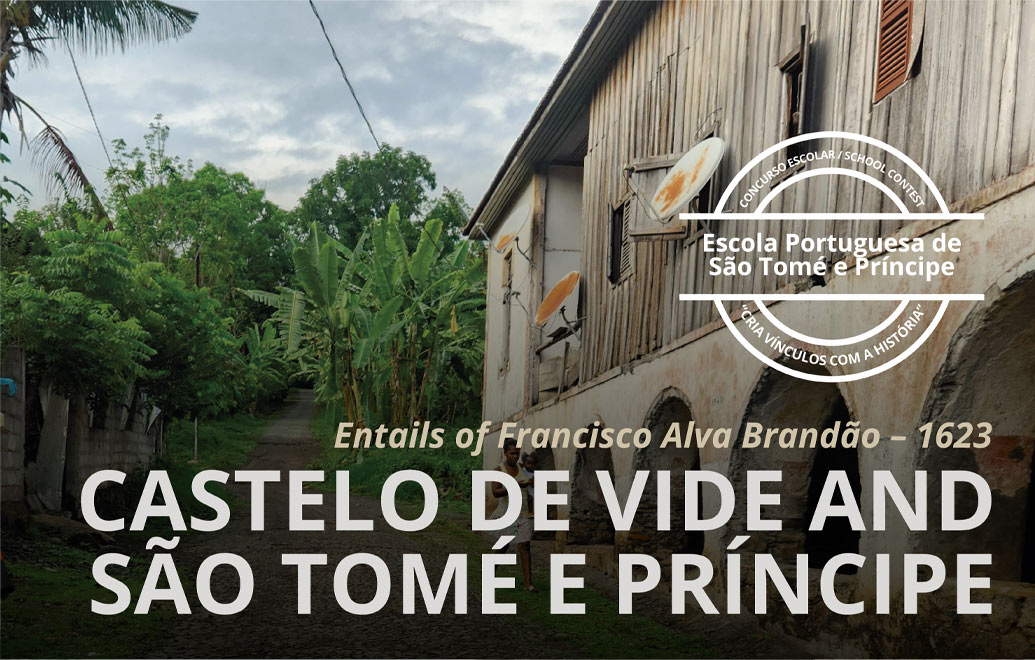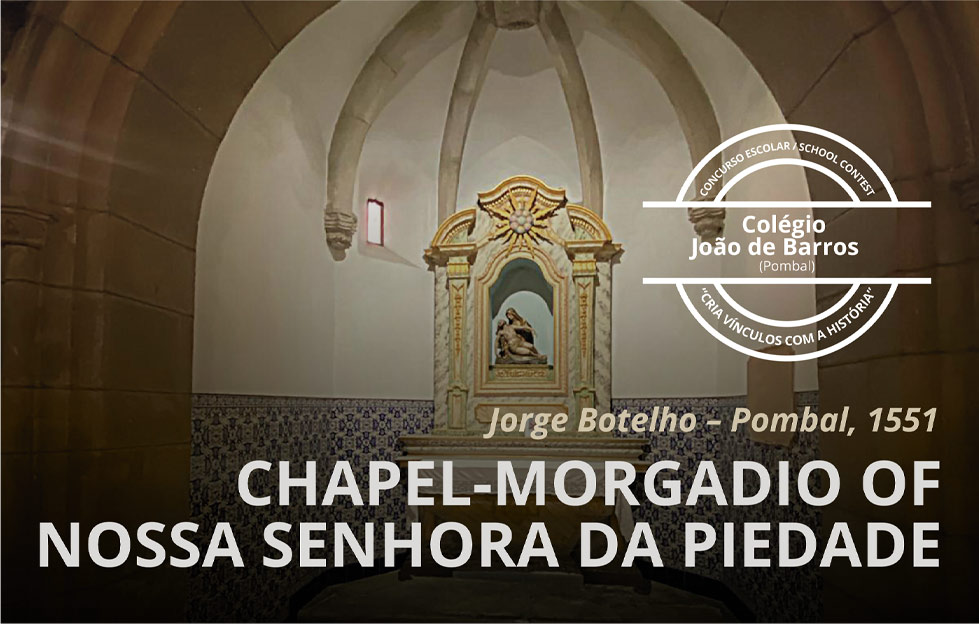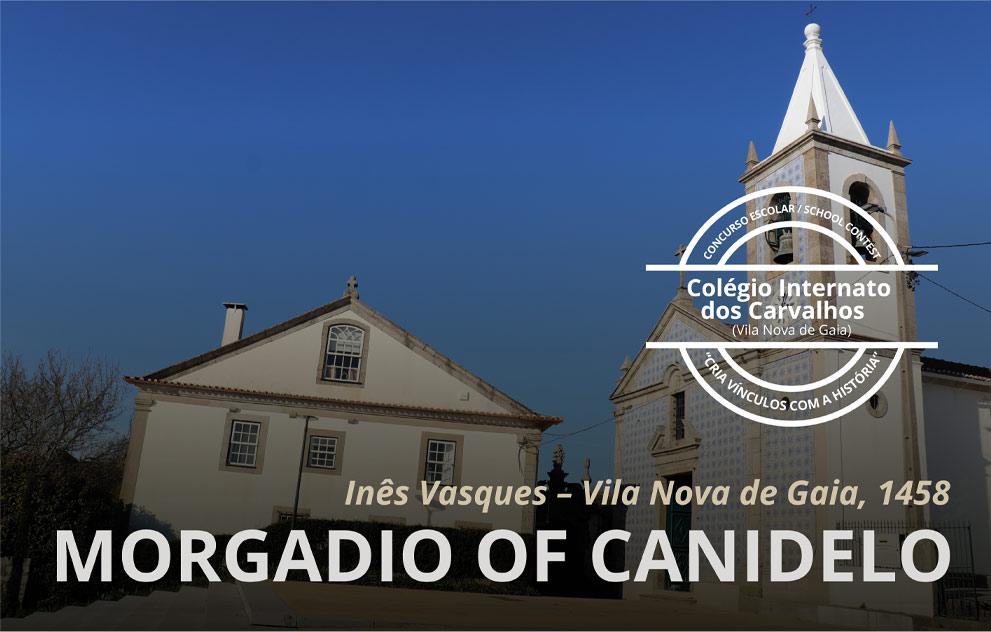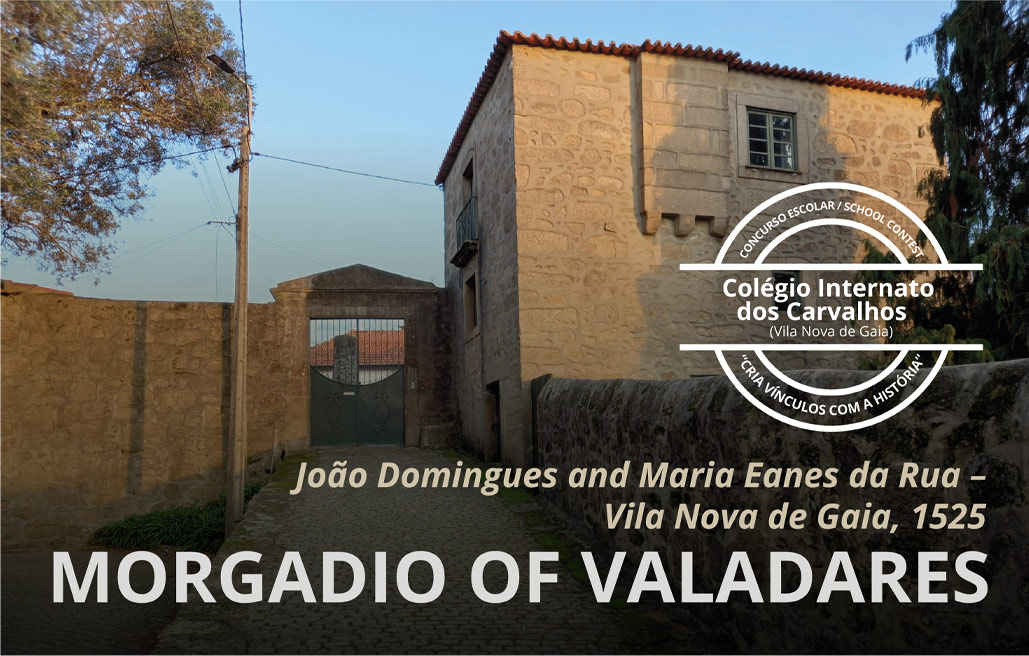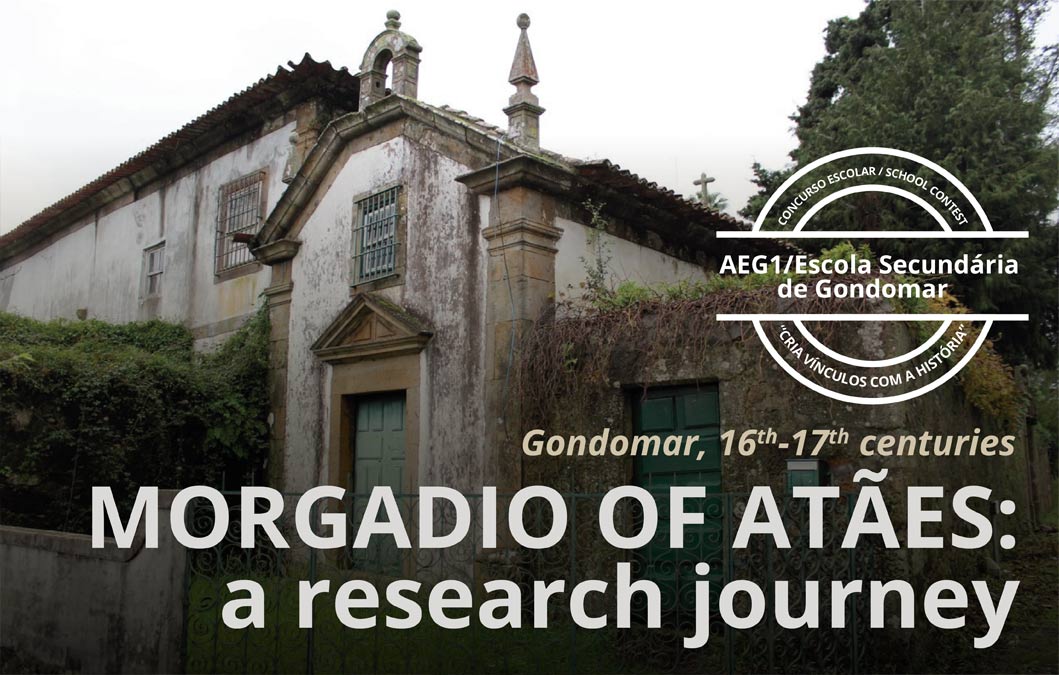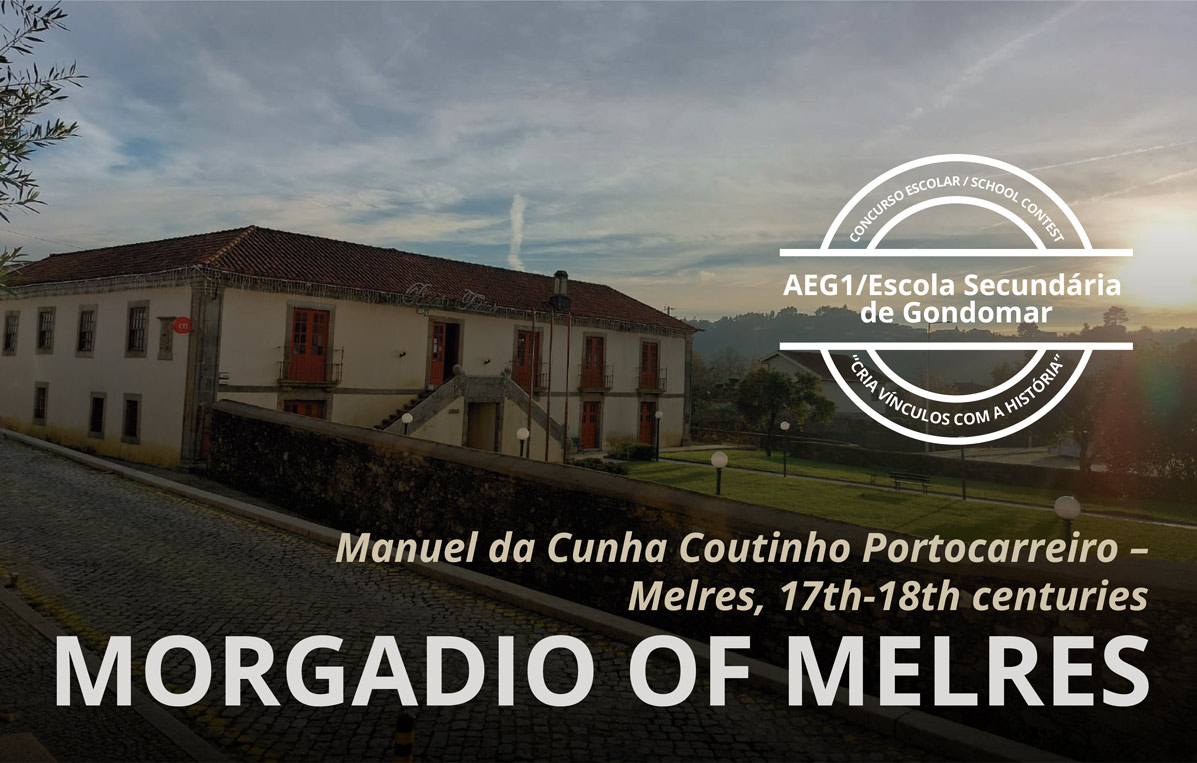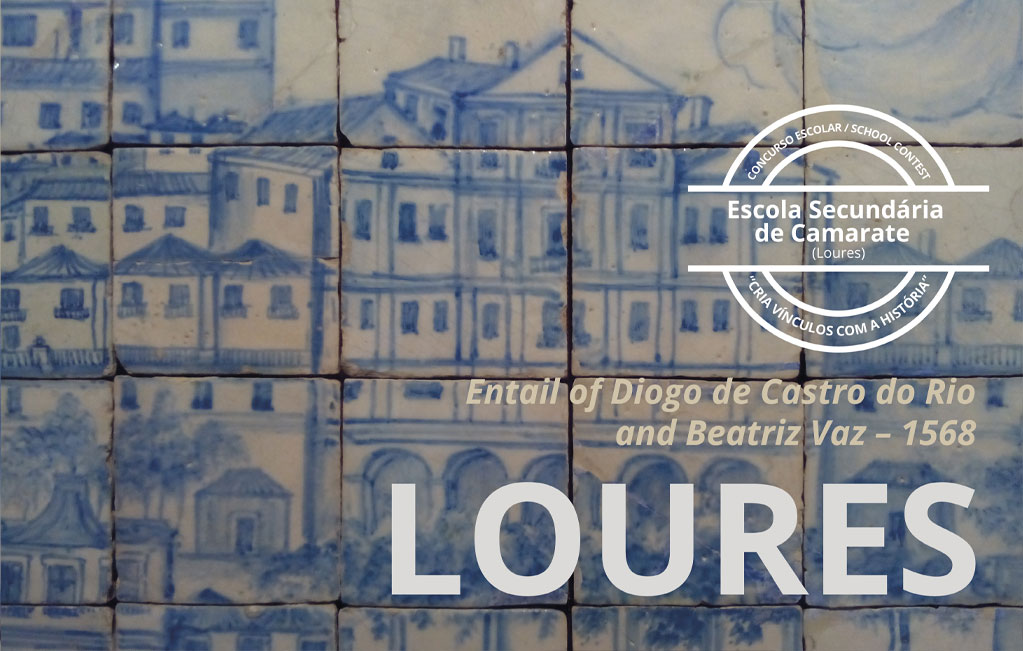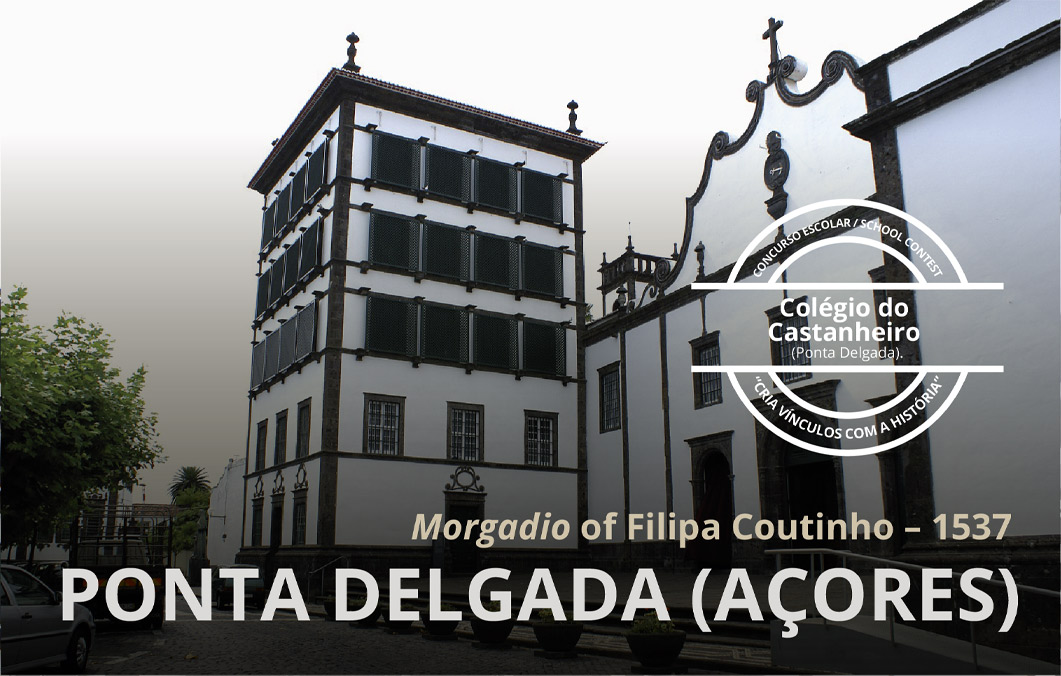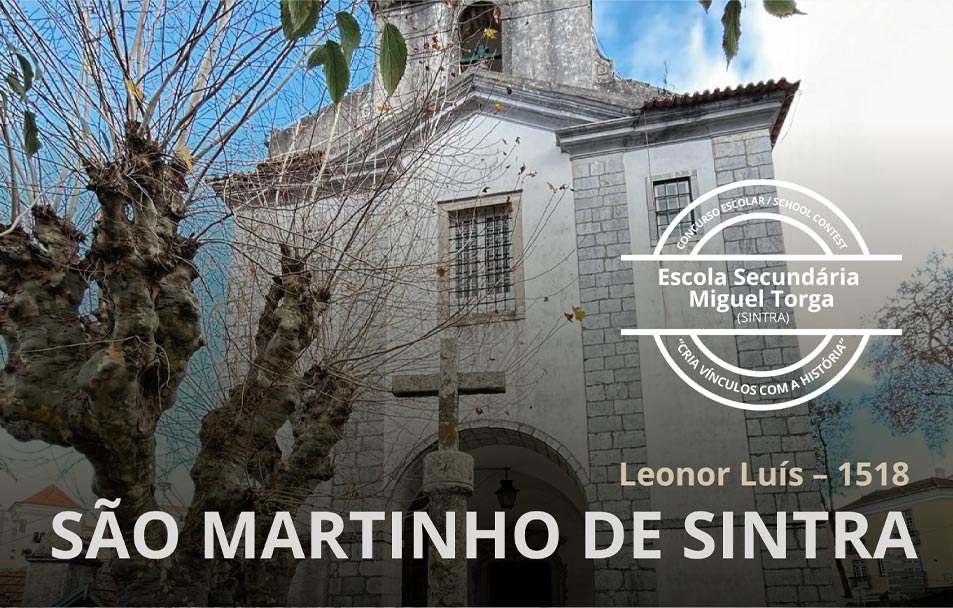Entail of the month (November, 2023)
Entail of Maria Afonso
Santa Cruz do Castelo, Lisbon, 1362
In her will, drawn up on October 27, 1362, Maria Afonso, widow of mestre Gonçalo das Leis, set out her final wishes (VNC, cx. 4, n.º 10). Among other institutions and legacies, she founded an entail in the church of Santa Cruz, in Lisbon. The founder determined that the income from various properties in the city’s outskirts should be used to maintain two chaplains in that church who would sing for the souls of her parents, grandparents, sister Clara Afonso and brother-in-law Fernão da Veiga. Maria Afonso entrusted the administration of the entail to a descendant of her sister Constança Afonso, mestre João das Leis’ second wife, who should be male and legitimate, a principle that was to be maintained from then on. This administrator was also obliged to maintain seven meerceiras (women chosen to perform certain spiritual charges) with the income from some properties assigned for this purpose.
The will of 1362 and a codicil drawn up years later, in 1372, prove Maria Afonso’s closeness to her sister Constança, whom she chose as her main executor and to manage the testamentary assets during her lifetime (VNC, cx. 4, n.º 9). The founder did not mention the existence of any children at the time she decided to record her last wishes. As well as setting aside a significant part of her estate to commemorate her soul and those of her closest relatives, she also distributed it among her nephews, namely Constança’s children, cousins, maids, other poorer relatives, religious institutions, and charities.
[Fig. 1] Church of Santa Cruz do Castelo, in Lisbon (2023).
The church of Santa Cruz, built in Lisbon´s castle, was chosen by Maria Afonso’s close relatives as a place to perpetuate the family memory and pray for their souls. Her grandfather, João Eanes, set up a chaplain in 1334 to pray for himself, his wife Urraca Esteves, Afonso Esteves and his daughter Constança Eanes (VNC, cx. 7, nº 1, fl. 169r). Other sources report that Maria’s brother, the cleric João Afonso, who was bishop of Évora, chose to be buried in this church, with the epigraph on his tomb, which probably disappeared after the destruction caused by the 1755 earthquake, stating that his father and mother had been moved to the same place (CASTILHO, 1936, p. 27).
Maria Afonso belonged to a family from Lisbon whose members, throughout the 14th century, sought to ascend socially by joining the royal officialdom and the high clergy of the kingdom (FARELO, 2007, p. 152). His father, Afonso Esteves, was a member of King Afonso IV’s court, and also held positions such as judge and ombudsman and was a member of the royal council from 1338 (HOMEM, 1990, p. 267). This official’s wealth is attested to by the summary of the deed of partition of the property that remained after his death, drawn up in 1350, which was about two varas long, i.e. more than two meters (VNC, cx. 7, n.º 1, fl. 7r). The wealthy judge sought to strengthen his web of solidarity in the royal court and council by marrying his daughter to mestre Gonçalo das Leis and another daughter, Constança Afonso, to João Peres, better known as mestre João das Leis. These alliances were extremely beneficial for the latter two and their descendants: in addition to the administration of the chapel in Santa Cruz and another entail, with properties in Azeitão, also founded by Maria Afonso, they also ended up administrating the entail established by another son of Afonso Esteves, the aforementioned bishop João (FARELO, 2007, p. 152; FARELO, 2012, p. 203).
[Fig. 2] Detail of Maria Afonso’s will.
The chapel came to be administered by representatives of the Nogueiras, then by the Britos Nogueira (SILVA, 2012, p. 98, 107-111, 117, 120). The family group, later known as the “Nogueira”, to which Constança Afonso was united, and whose descendants guaranteed the succession in the aforementioned entails established by Maria Afonso, was on a similar path of social ascension. Mestre João das Leis, his son Afonso Eanes Nogueira and his grandsons Rui Nogueira and Afonso Nogueira, who was bishop of Coimbra and archbishop of Lisbon, accumulated various family entails, some of which were passed on to Mem de Brito with the obligatory use of the surname “Nogueira” (FARELO, 2007, p. 147-157; SILVA, 2012, p. 91-119).
From the 16th century onwards, it was another of the entails accumulated by the viscounts of Vila Nova de Cerveira, who held it until the 19th century (VNC, cx. 29, no. 2). In fact, after the union of the Britos Nogueira and Limas, the administration of the entail of Santa Cruz passed to Lourenço de Lima Brito Nogueira, who succeeded his grandfather, Francisco de Lima, as Viscount of Vila Nova de Cerveira.
[Fig. 3] Detail of the plan of the city of Lisbon, by João Nunes Tinoco, made in 1650.
The maintenance of this chapel with the respective charges in the hands of the viscounts, who were elevated to marquis of Ponte de Lima in the last decade of the 18th century, meant that documents relating to the entail were kept in the registry office they owned in the Palácio da Rosa in Lisbon. Although this documentation disappeared in the 1970s when the building was sold to Lisbon City Council, some of it was recovered years later at auction by a descendant (LOPES, 2023). This private archive was temporarily deposited in the National Archives of Torre do Tombo. The availability of descriptions and images of some deeds now gives us access to the original founding document of this entail, of which only a partial transcription was known in a public-form present in the archive of the Colegiada de Santa Cruz do Castelo de Lisboa (ANTT, CSCCL, mç. 8, n.º 376).
Filipa Lopes
Coordination: Maria de Lurdes Rosa and Rita Sampaio da Nóvoa
Sources and bibliography
ARQUIVO NACIONAL TORRE DO TOMBO, Colegiada de Santa Cruz do Castelo de Lisboa (ANTT, CSCCL), mç. 8, n.º 376.
ARQUIVO DOS VISCONDES DE VILA NOVA DE CERVEIRA E MARQUESES DE PONTE DE LIMA (VNC), cx. 4, n.os 9, 10; cx. 7, n.º 1; cx. 29, n.º 2. Archival description available at: https://digitarq.arquivos.pt/details?id=4343878.
CASTILHO, Júlio de – Lisboa antiga: bairros orientais. 2.ª ed. Lisboa: S. Industriais, Câmara Municipal de Lisboa, 1936. Vol. 4.
FARELO, Mário – Ao serviço da Coroa no século XIV: o percurso de uma família de Lisboa, os «Nogueiras». In Krus, Luís; Oliveira, Luís Filipe; Fontes, João Luís, eds. – Lisboa Medieval: os rostos da cidade. Lisboa: Livros Horizonte, 2007, p. 145–168.
FARELO, Mário – Os morgadios dos Nogueiras: entre a estratégia de poder e a lógica documental. In Rosa, Maria de Lurdes, org. – Arquivos de família, séculos XIII-XX: que presente, que futuro? Lisboa: IEM, CHAM, Caminhos Romanos, 2012, p. 185–204.
HOMEM, Armando Luís de Carvalho – O desembargo régio (1320-1433). Porto: Instituto Nacional de Investigação Científica, Centro de História da Universidade do Porto, 1990.
LOPES, Filipa da Silva – História(s) de uma Casa e de um arquivo: os viscondes de Vila Nova de Cerveira, da ascensão à consolidação institucional (séculos XIV-XVII). Lisboa: FCSH-UNL, École nationale des chartes, 2023. PhD thesis.
SILVA, Gonçalo Miguel Correia Melo da – Espiritualidade e poder na Lisboa dos finais da Idade Média: a Colegiada de São Lourenço e os seus patronos (1298-1515). Lisboa: FCSH-UNL, 2012. MA thesis.
Other entails of the month



